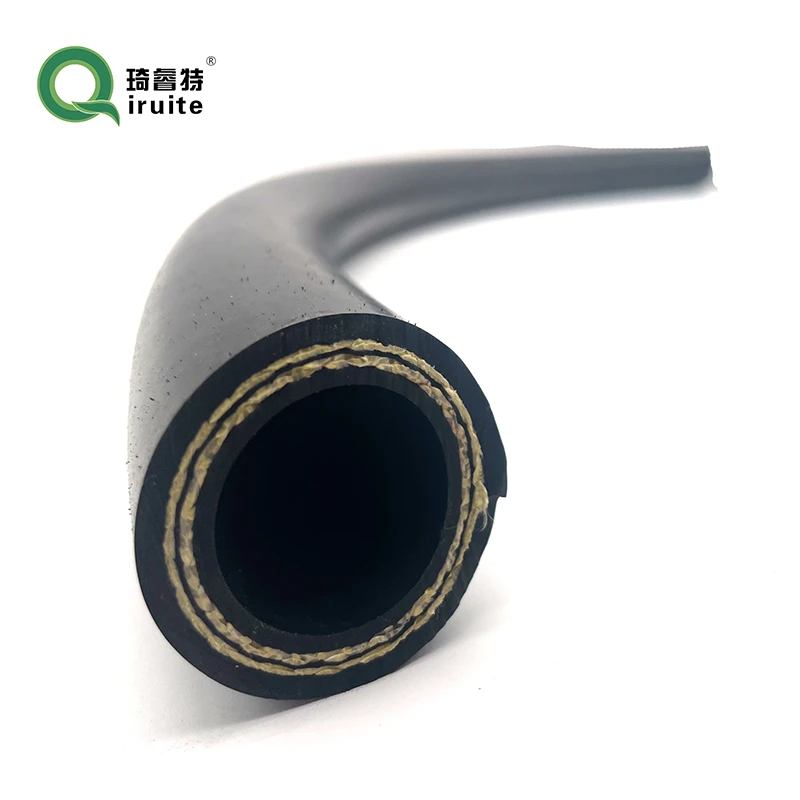Power Steering Hose Connection from Pump to Steering Rack Overview and Considerations
Understanding Power Steering Hose From Pump to Rack
Power steering systems are essential in modern vehicles, providing drivers with enhanced control and reduced effort when steering. One of the critical components of this system is the power steering hose, which connects the power steering pump to the steering rack. Understanding the role and functioning of this hose is crucial for anyone interested in automotive mechanics or looking to maintain their vehicle.
The Function of Power Steering Hose
The power steering hose acts as the conduit for hydraulic fluid between the power steering pump and the steering rack. The power steering pump generates hydraulic pressure, which is then transferred through the hose to the steering rack. This fluid pressure assists in turning the wheels, making it easier for the driver to maneuver the vehicle, especially at low speeds or during parking maneuvers.
There are typically two types of power steering hoses the high-pressure hose and the low-pressure return hose. The high-pressure hose carries the fluid from the pump to the rack at a much higher pressure, often exceeding 1,500 psi. On the other hand, the low-pressure return hose carries the fluid back from the rack to the reservoir at a lower pressure.
Materials Used in Power Steering Hoses
Power steering hoses are usually made from specialized materials to withstand the pressures and temperatures that occur in the steering system. The high-pressure hose is often constructed from reinforced rubber or a synthetic material, which provides strength and flexibility. It may also be reinforced with braided steel to enhance durability.
The low-pressure return hose can be made from less robust materials, as it does not experience the same high pressures. However, it still needs to resist environmental factors such as temperature fluctuations, friction, and exposure to fluids, ensuring longevity and reliability in its performance.
power steering hose from pump to rack

Common Issues with Power Steering Hoses
Like all vehicle components, power steering hoses are subject to wear and tear over time. Some common issues that can arise include leaks, cracks, and kinking. A leak in the high-pressure hose can lead to a significant drop in hydraulic pressure, making steering difficult and potentially leading to complete failure of the power steering system. In contrast, a leak in the return hose may lead to fluid loss but does not usually cause immediate steering issues.
Cracks or kinks in the hose can also impede the flow of hydraulic fluid, affecting the steering response. Drivers may notice symptoms such as unusual noises when turning the steering wheel, increased effort required for steering, or fluid pooling underneath the vehicle. Regular inspection and maintenance are critical to prevent these issues from escalating.
Maintenance and Replacement
Maintaining the power steering hose is vital for the overall health of the steering system. Regularly checking the hoses for signs of wear, such as cracks, bulges, or visible leaks, can help catch problems early. It is advisable to inspect the hoses every time the vehicle undergoes an oil change or routine check-up.
If a power steering hose does need to be replaced, it is essential to choose a hose that is compatible with the vehicle's make and model. Aftermarket hoses are available, but it is crucial to ensure they meet the required specifications. Proper installation is also critical; the hoses must be secured and routed correctly to avoid future problems.
Conclusion
In summary, the power steering hose performs a crucial function in the power steering system, transferring hydraulic fluid from the pump to the steering rack. Understanding the types, materials, potential issues, and maintenance practices associated with these hoses is important for any vehicle owner. By ensuring the hoses are in good condition, drivers can maintain the effectiveness of their power steering system, leading to safer and more comfortable driving experiences. Regular checks and timely replacements of worn-out hoses are essential aspects of vehicle maintenance that cannot be overlooked.
-
Ultimate Spiral Protection for Hoses & CablesNewsJun.26,2025
-
The Ultimate Quick-Connect Solutions for Every NeedNewsJun.26,2025
-
SAE J1401 Brake Hose: Reliable Choice for Safe BrakingNewsJun.26,2025
-
Reliable J2064 A/C Hoses for Real-World Cooling NeedsNewsJun.26,2025
-
Heavy-Duty Sewer Jetting Hoses Built to LastNewsJun.26,2025
-
Fix Power Steering Tube Leaks Fast – Durable & Affordable SolutionNewsJun.26,2025

